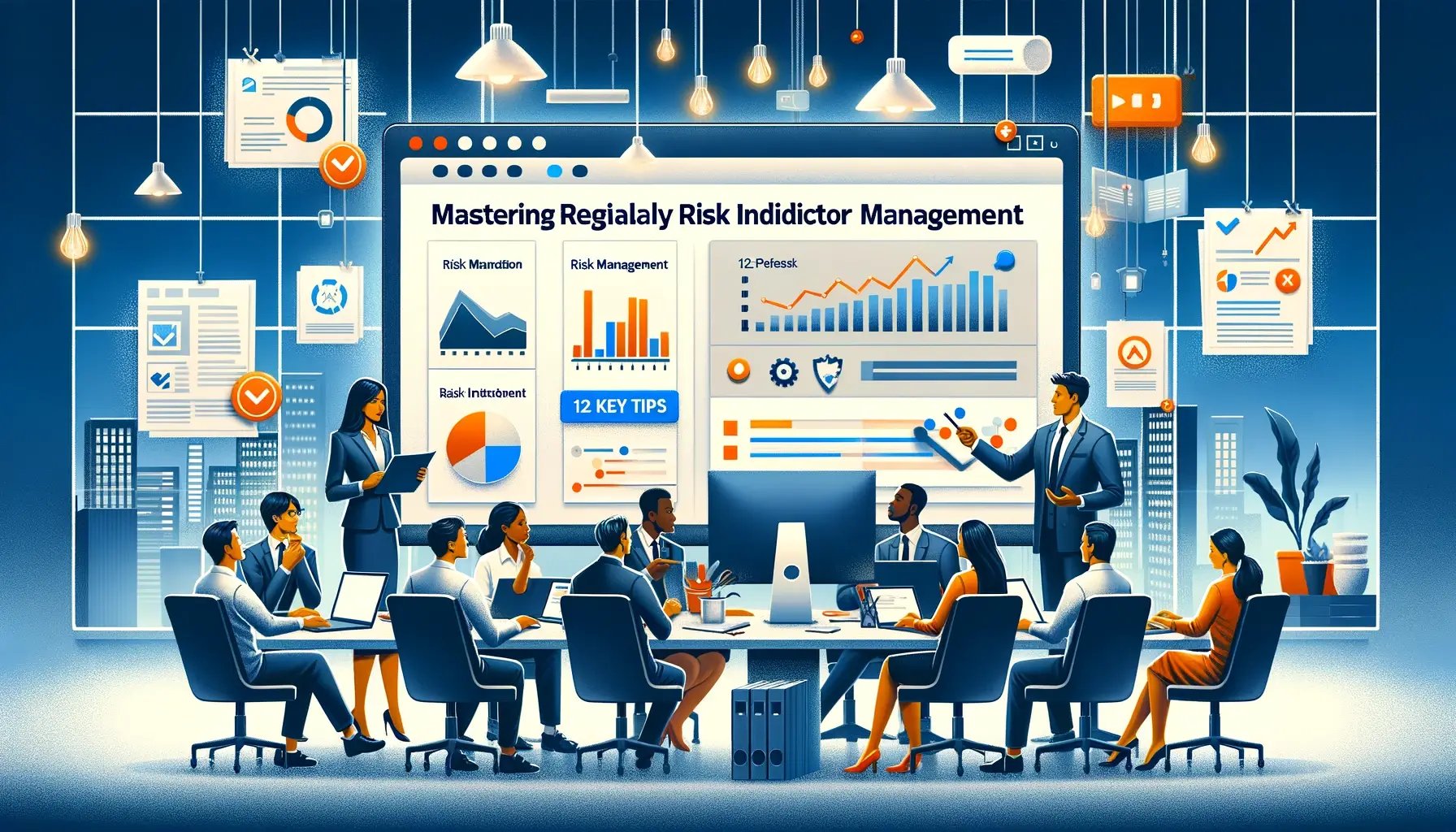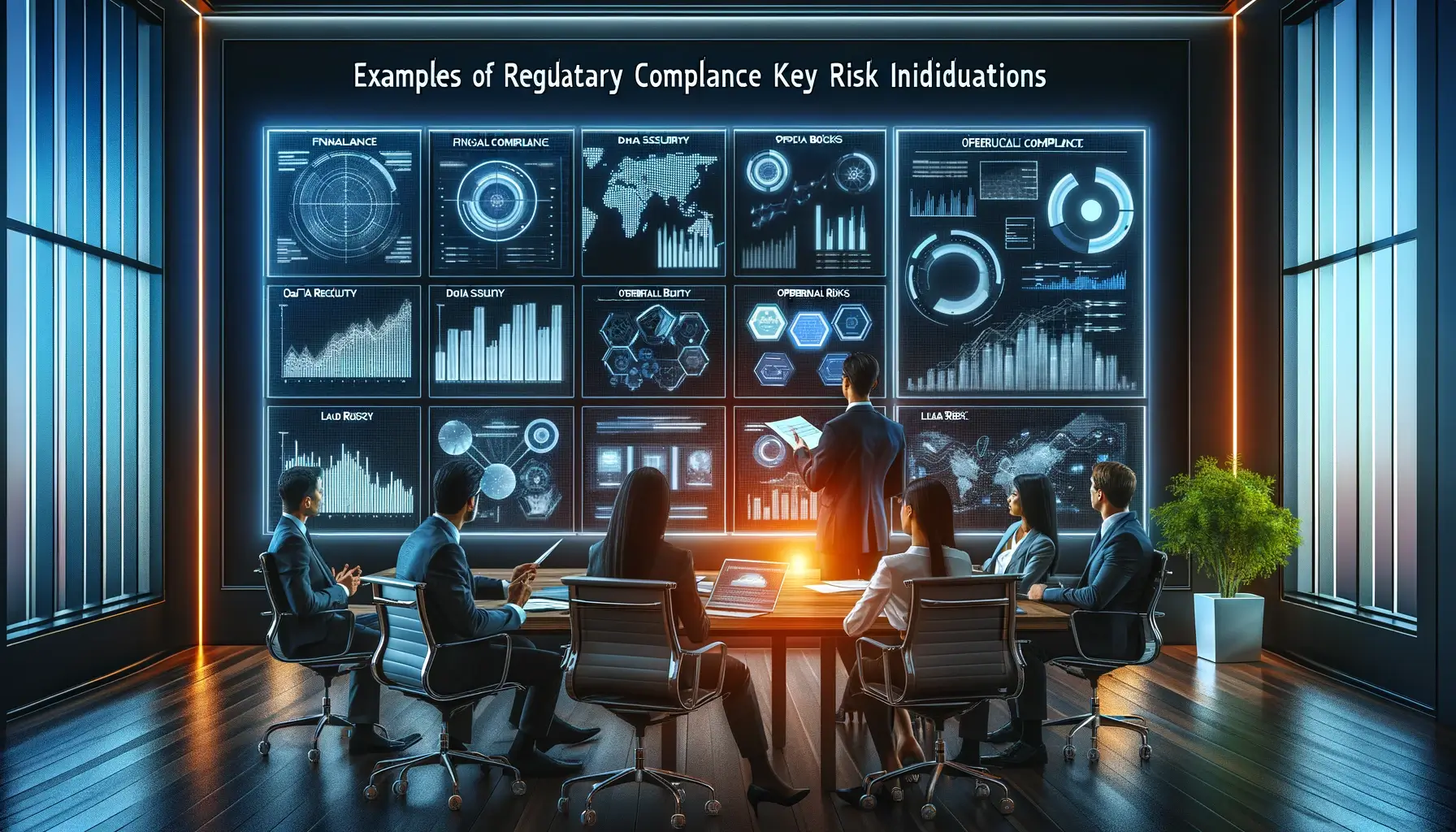Project Management Report
A project management report is a formal document that provides stakeholders with critical information about a project’s progress, status, and direction. It is an important tool for communication and accountability, allowing project managers to convey information about key aspects such as milestones, risks, issues, budget, and resource utilization. Project management reports can take various forms, … Read more












